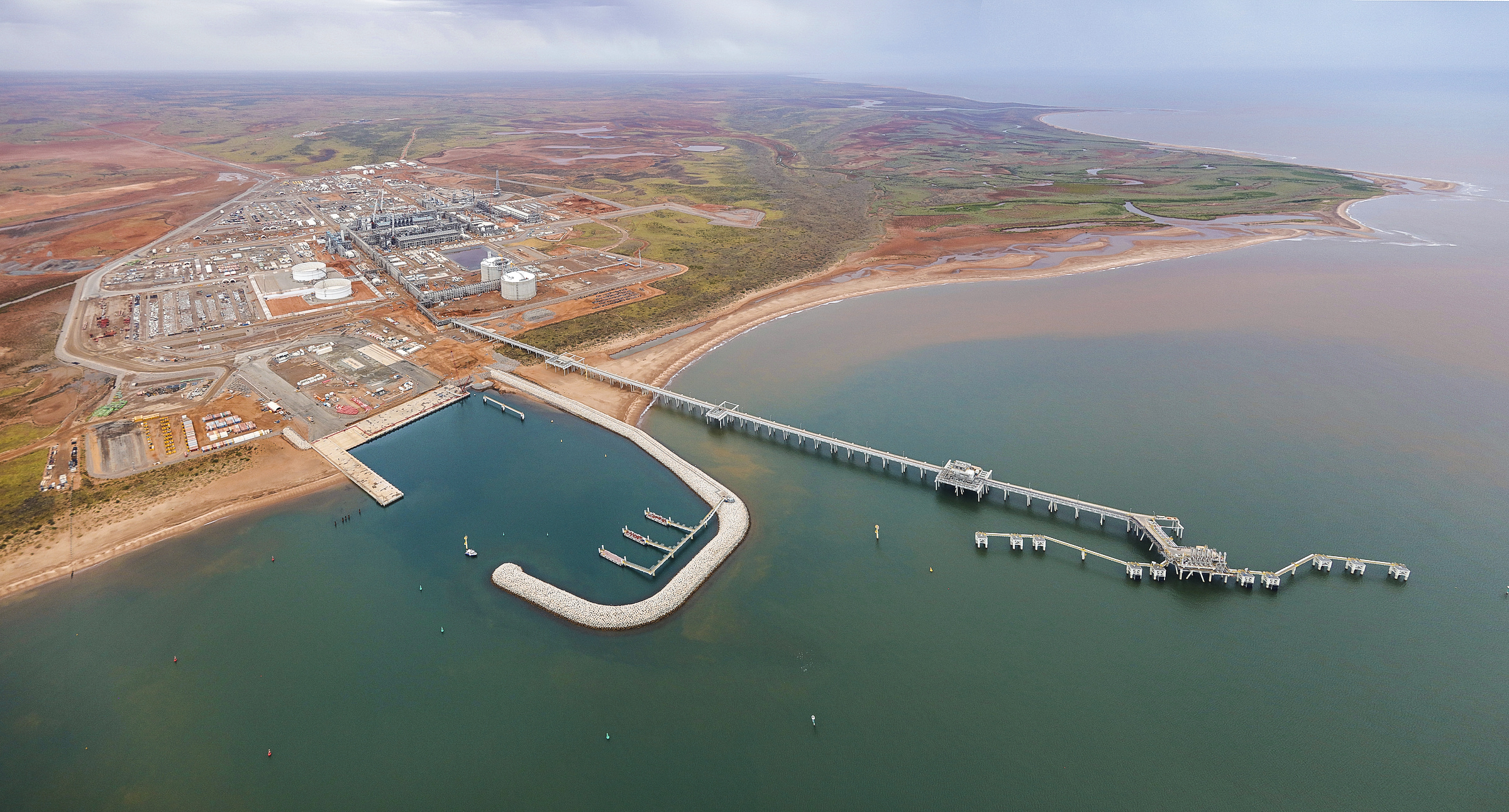The price of crude oil climbed for a seventh straight session on Friday, representing the longest bull run since April, albeit with the commodity sailing precariously close to its worst first half-year performance in 19-years.
In spite of an OPEC deal to curb production brokered earlier this year, oversupply concerns have slugged Brent crude by 16% since January – three per cent worse than the first half-year slump in 1998.
At the time of going to press Brent was trading at US$48.72 and would have to close above $46 a barrel on Friday to avoid the ignominy of eclipsing the lows of ’98.
Last week’s 10-month lows were trawled as global oversupply again weighed on the market.
News also emerged that Libya, which is exempt from the OPEC deal, had increased production to 1 million barrels a day. This failed to deter investors from exploiting the urge to buy dollar-denominated crude oil as the US dollar fell to its lowest levels in eight months.
Bank of America Merrill Lynch have cut forecasts for average Brent prices from $54 to $50 a barrel and WTI from $52 to $47.
The banks analysts said in a report that rising output from Libya, Nigeria and US shale in tandem with weaker demand growth pointed to greater oversupply that was previously expected.
“With output set to rise further, our oil supply/demand balances now point to average deficits of 210,000 in 2017 and 90,000 in 2018,” the bank said.





